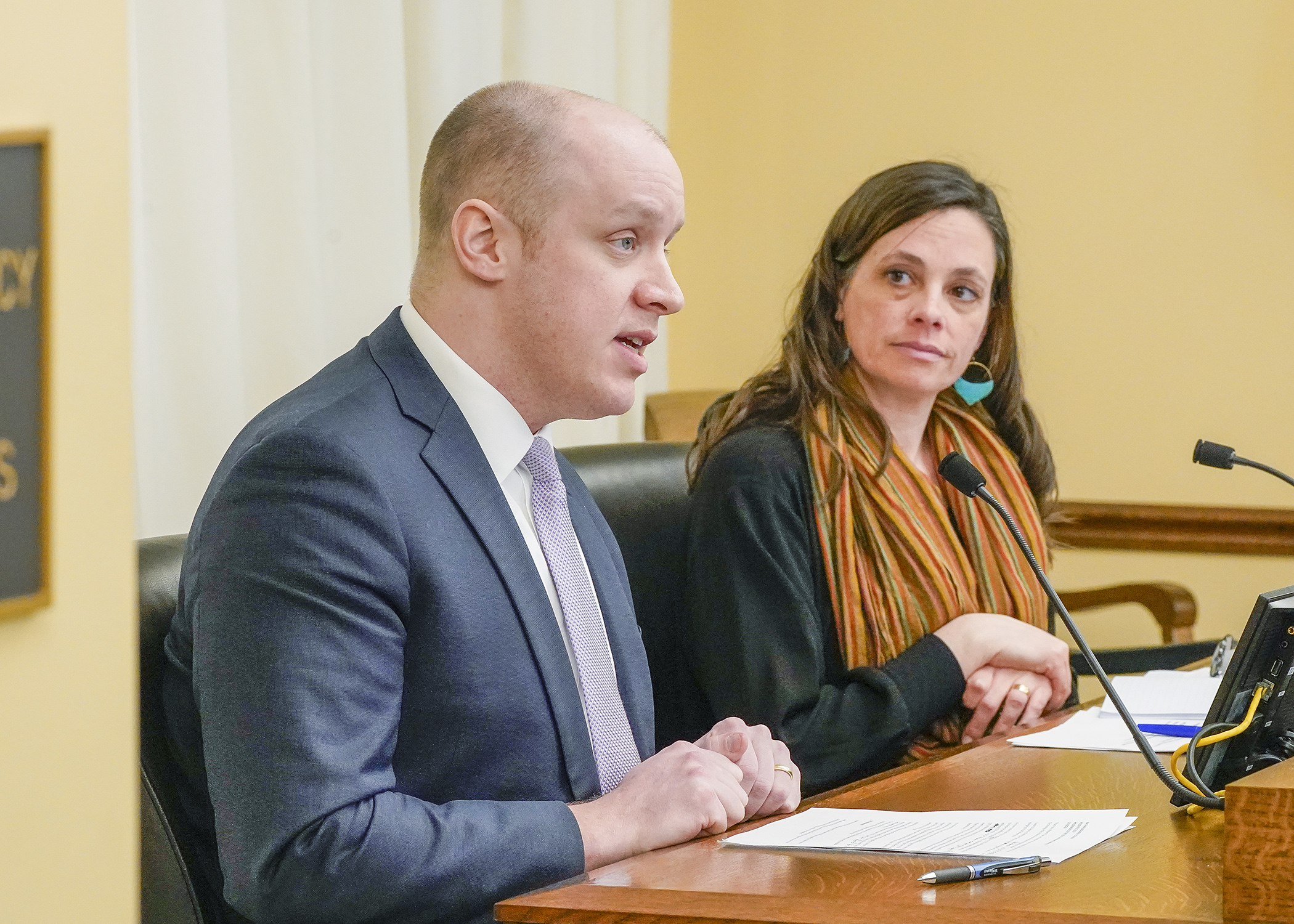More than $275 million proposed to accelerate broadband access across state

Minnesota is behind schedule in reaching its statutory goal of ensuring everyone has access to high-speed internet by 2026.
Per the Minnesota Governor’s Task Force on Broadband 2022 report, about 290,000 households and businesses don’t have an option to get 100 megabits per second download and 25 mbps upload. Eighty percent of the unserved and underserved population is outside the metropolitan area.
When it might take more than $10,000 per mile to put wire in the ground, serving smaller population areas may not make financial sense.
“Because of high fixed costs for broadband infrastructure, low population density, and lack of return-on-investment for private sector providers, many cities especially in greater Minnesota have found it impossible to facilitate broadband access,” wrote Daniel Lightfoot, an intergovernmental relations representative for the League of Minnesota Cities.
Aiming to narrow the digital divide is a bill held over Tuesday by the House Agriculture Finance and Policy Committee for possible omnibus bill inclusion.
Sponsored by Rep. Kristi Pursell (DFL-Northfield), HF2313 would appropriate a record $276 million in the next biennium for the Border-to-Border Broadband Development Grant Program, which offers matching grants to businesses and organizations building broadband capacity.
Through a delete-all amendment expected to be adopted later, $30 million annually would go to a lower population density program that funds up to 75% of a project’s cost. Normally, grants require a 50% local match.
The bill would also increase the maximum award from $5 million to $10 million per project.
The federal Investment in Infrastructure and Jobs Act has targeted $65 billion to expand internet access across the county, but there is still a $426 million gap between money available and what is necessary, said Nathan Zacharias, technology policy analyst at the Association of Minnesota Counties.
Counties with small populations, and an equally small tax base, have found it almost impossible to expand broadband without state support, he said.
Funding in the next biennium would help ensure communities don’t miss the upcoming construction season while waiting for federal funds, supporters say.
Another issue is the connecting the last mile, said Rep. Nathan Nelson (R-Hinckley). Two counties in his district have the lowest percentage of broadband access.
“You can’t just fund it and put cable in the ditch,” he said. “You have to make sure homes and businesses are able to be connected as well.”
Related Articles
Search Session Daily
Advanced Search OptionsPriority Dailies
Speaker Emerita Melissa Hortman, husband killed in attack
By HPIS Staff House Speaker Emerita Melissa Hortman (DFL-Brooklyn Park) and her husband, Mark, were fatally shot in their home early Saturday morning.
Gov. Tim Walz announced the news dur...
House Speaker Emerita Melissa Hortman (DFL-Brooklyn Park) and her husband, Mark, were fatally shot in their home early Saturday morning.
Gov. Tim Walz announced the news dur...
Lawmakers deliver budget bills to governor's desk in one-day special session
By Mike Cook About that talk of needing all 21 hours left in a legislative day to complete a special session?
House members were more than up to the challenge Monday. Beginning at 10 a.m...
About that talk of needing all 21 hours left in a legislative day to complete a special session?
House members were more than up to the challenge Monday. Beginning at 10 a.m...